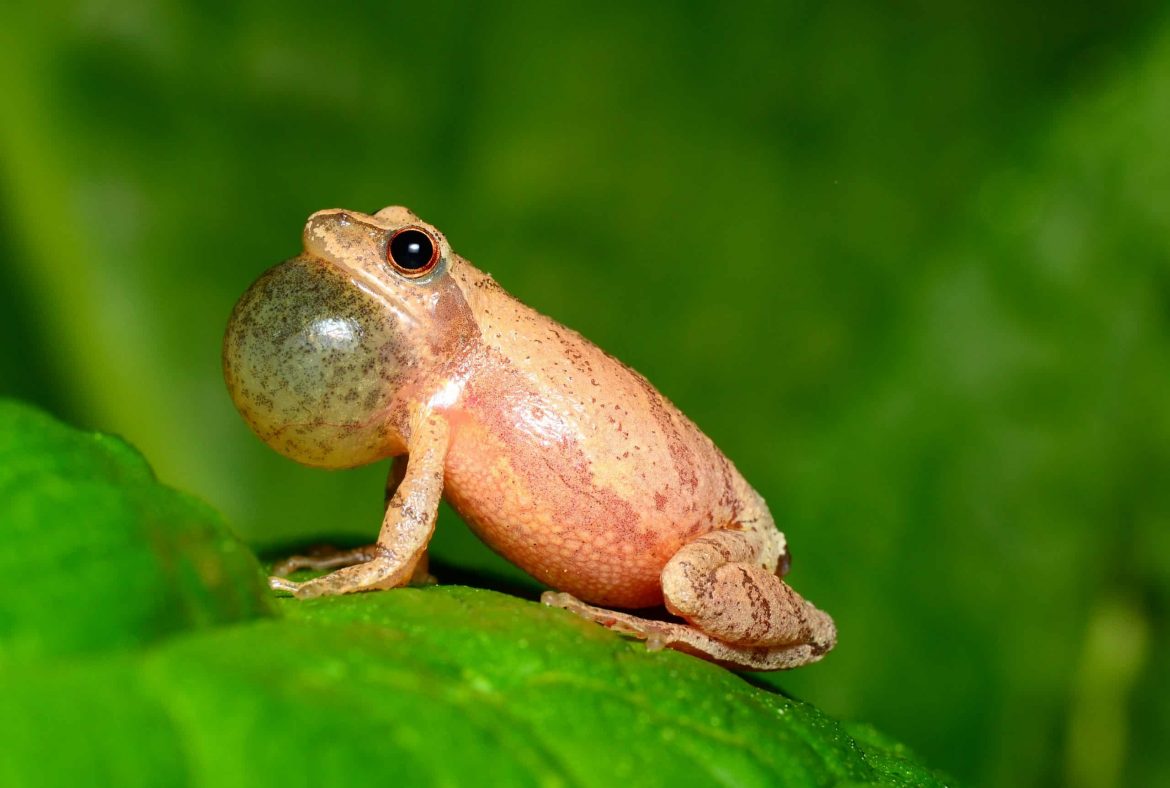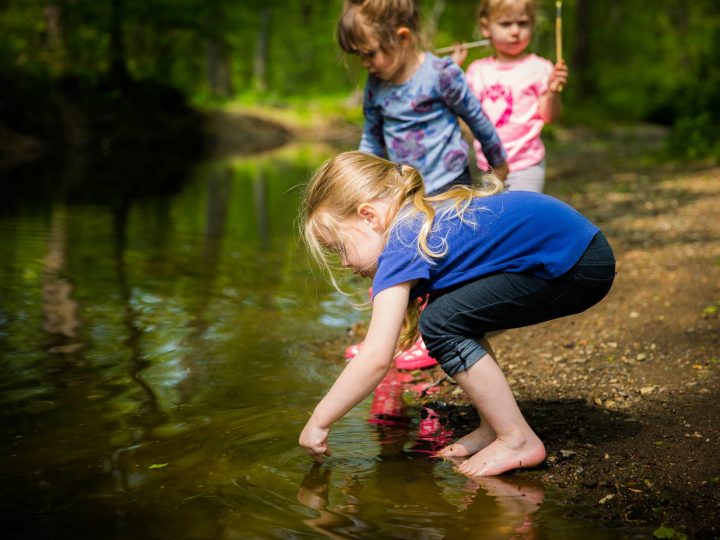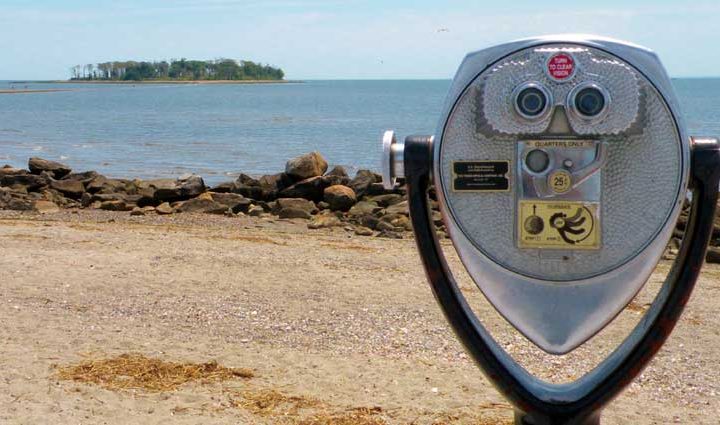
As soon as it’s warm enough to enjoy an evening stroll or open the windows and let the breezes blow through, you’ll undoubtedly hear a familiar sound… their cheery chorus a sure sign of spring’s arrival. Peepers, their tranquil trilling a calling card of springtime, their chorus filling the air, a backdrop for a fine night’s rest.
These tiny frogs known as (ital)Pseudacris Crucifer emerge from their burrows after a long winter nap. With the ability to survive being frozen solid, they thaw out and get back to business. Peepers hunt for bugs, snapping up their crunchy goodness with a quick whip of the tongue. Once awake and fed in early spring, they begin calling, looking for love.
Native to the east coast, peepers love moist environments in fields and forests near residential areas. Ranging in size from less than an inch to an inch and a half, they are generally hard to spot, blessed with the ability to camouflage themselves by lightening or darkening their skin to avoid predators and nosey humans.
Any small puddle or pond can be their nursery, with females laying 800-1,000 eggs at a time. It takes only days for them to hatch. Quickly maturing in a mere 6-8 weeks from tadpole to full-fledged frogs, they hop onto the land.
Frogs are environmental indicators. Faced with pollutants, loss of habitat, and invasive predators, they have had a rough go of it. Hundreds of species have completely disappeared in the past 30 years…which is not good for them, or us. Tadpoles filter our drinking water, and most importantly in our neck of the woods, they eat mosquitoes.
Fortunately there is a study underway to monitor the behaviors and population of the peepers and you can help. FrogWatch USA has been collecting data for more than 15 years with the help of citizen scientists who make observations and report their findings. The commitment is small, 15 minutes once or twice a week, about half an hour after sunset. FrogWatch USA will train you to help.
Steve Johnson, Milford’s resident open space and natural resource agent, is the go-to guy for the project in town. “These fragile but resilient wetlands are some of the most productive ecosystems that life depends on,” he says. “Milford’s open spaces have extensive wetland habitat areas. These lands are important parts of our community and our quality of life. By caring for these sensitive ecosystems with respect, future generations will continue to benefit from these special places and the biodiversity that depends on them.”
The elusive nature of peepers makes observing them tricky, but not impossible. Training for citizen scientists relies not just on visual observations, but auditory ones as well. Identifying species by their sounds is an important part of training.
“Becoming a volunteer citizen scientist for this program is something I have wanted to do personally,” says Johnson. “I’m looking forward to learning more about the frogs and toads that depend on these important areas.” Plus he says, “It will be fun to join other Milford residents who are listening to what frogs and toads are living in Milford. Where these amphibians are living and where they are not will provide some valuable insights to our wetland’s health and biodiversity. Our local environment will be all the better as more people of all ages appreciate the wonder that nature has to offer.”
All of us have taken a moment during a warm evening to pause, and listen to the peepers. With a little help from our neighbors…and us… they will continue to serenade us.
Visit FrogWatch USA online to get involved: www.aza.org/frogwatch
—Susan Carroll-Dwyer




